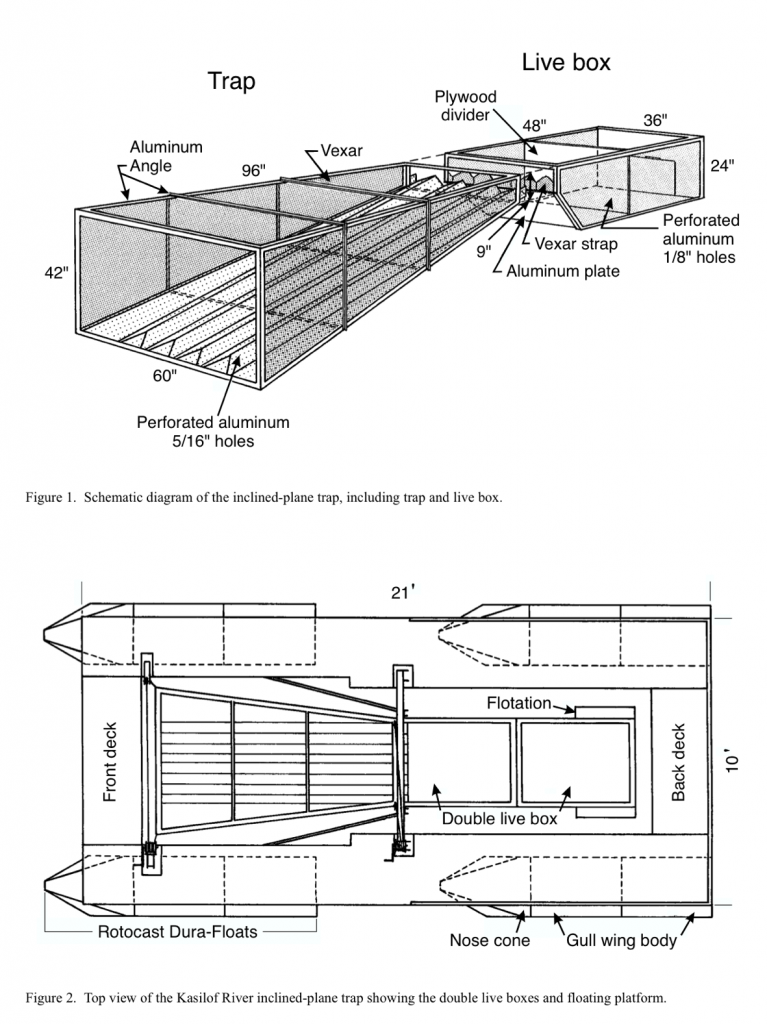I support a radical measure for saving wild salmon production in dry years in some Central Valley rivers under special circumstances: capturing wild juvenile salmon in rivers and transporting them to the Bay. This strategy has been employed in dry years on the Columbia River system, and by East Bay Municipal Utility District (EBMUD) in the present drought on the lower Mokelumne River. Under existing conditions in dry years, over 80% of Central Valley salmon fry, parr, and smolts are lost between spawning grounds and their San Francisco Bay target summer nursery. Without natural winter and spring pulse flows, few young wild salmon are able to navigate and survive to the Bay. Much of the production is lost in winter at the fry stage, which is the natural stage for Central Valley spring-run and fall-run Chinook to migrate to the Bay. Less but still important production is lost during the spring fingerling, pre-smolt, and smolt migration stages. In contrast, the hatcheries bypass the many river and Delta sources of mortality by rearing fry in raceways and trucking smolts to the Bay. It’s no wonder 90% of the salmon along the coast are from hatcheries.
Both practices (transport of hatchery and wild juveniles) should only be used in drier years, when there are minimal winter-spring river flows to naturally transport salmon. However, in drought years when reservoir inflows are low, transporting young salmon to the Bay may be necessary. Millions of wild, naturally-produced fry, parr, and smolts could be saved in each of the Central Valley spawning rivers. Huge numbers of young wild salmon are produced even in drought years in rivers such as the Yuba, American, Mokelumne, and Stanislaus that might otherwise be wasted when the Sacramento and San Joaquin rivers trickle into and through the Delta.
The process of trapping and hauling young salmon was perfected on the Columbia River in recent decades1. Capture of young salmon in the rivers at dams and water diversions is feasible and cost-effective. Many wild salmon fry can be captured at large fish screened diversions with fish bypasses (e.g., Daguerre Dam on Yuba River; GCID diversion on Sacramento River). Young salmon can also be captured in rivers below spawning reaches. For example, on the American River at Watt Avenue and the Yuba River at Hallwood Avenue, there are ideal locations with existing screw traps for indexing young salmon production that could be expanded to capture most of the production in low-flow conditions.
I have seen such bank-to-bank capture systems in Alaska on large very popular fishing rivers. The traps and supporting infrastructure are readily available. Peak trap catch of wild salmon is February-March, when hatchery transport trucks are largely unused, waiting for April-May hatchery transport season ().
Barging from the lower rivers to the Bay in lieu of trucking would help minimize subsequent straying of adults. Sacramento Valley salmon can be “barged” from Knights Landing; Feather-Yuba River salmon from Verona; and American River salmon from Discovery Park.
For more on trap capture systems including the Alaska examples see the following sources:
http://www.sf.adfg.state.ak.us/FedAidPDFs/FRED.011.pdf
http://www.adfg.alaska.gov/static/home/library/PDFs/afrb/toddv1n2.pdf
https://redoubtreporter.wordpress.com/2010/06/30/one-fish-two-fish-red-fish-new-fish-—-smolt-project-monitors-kasilof-river/
http://www.stateofthesalmon.org/fieldprotocols/downloads/SFPH_p8.pdf
- Many of the mainstem dams on the Columbia have been retrofitted with smolt capture systems. Captured fish are passed safely downstream around turbines or barged-trucked to the estuary. ↩

